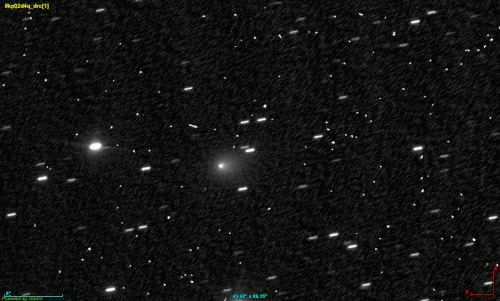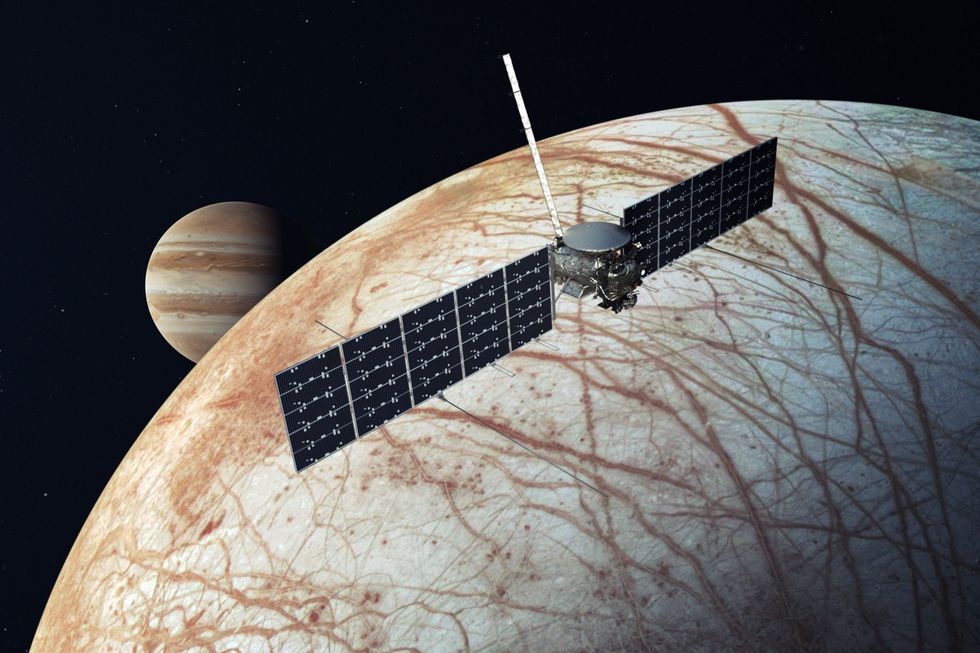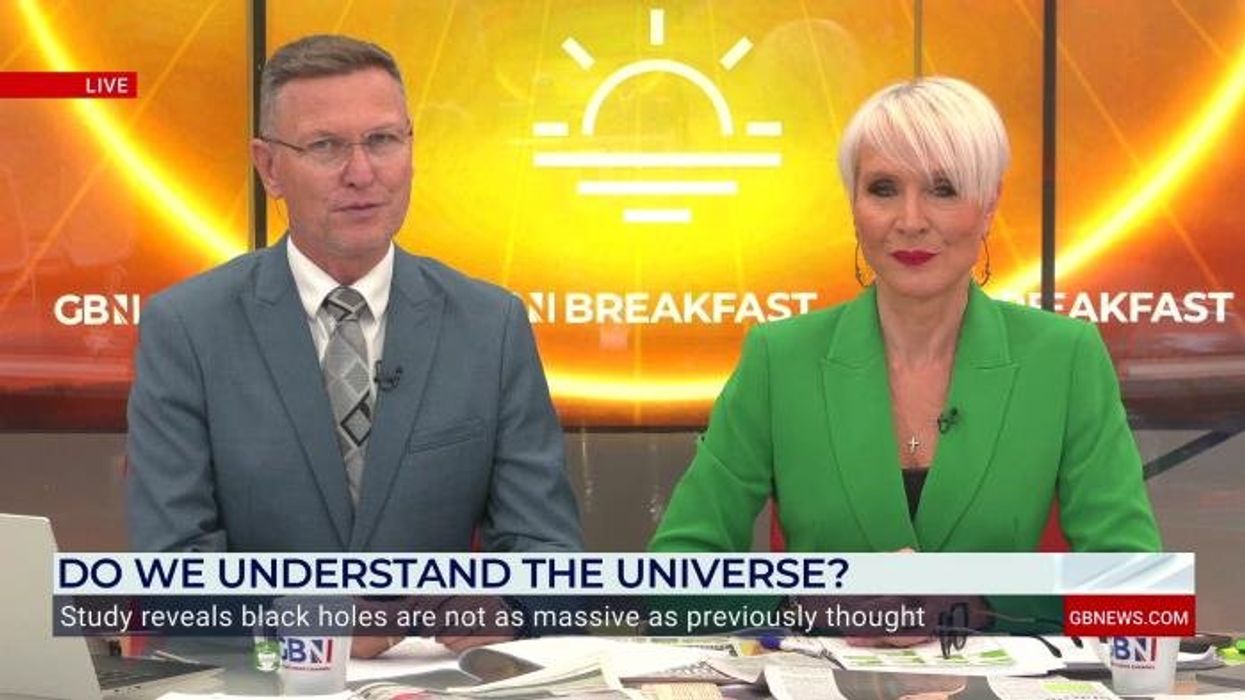'Interstellar object' now turns towards Nasa spacecraft in shock manouevre

The mysterious probe is set to pass by the Europa Clipper craft as soon as today
Don't Miss
Most Read
An ancient visitor from beyond our solar system is now heading towards two spacecraft from Earth - and could make contact within days.
The "interstellar object" 3I/ATLAS will pass close to Nasa's Europa Clipper and the European Space Agency's Hera between today and November 6.
European scientists have published preliminary research about the encounter, stating the spacecraft will be "immersed within the ion tail of 3I/ATLAS, providing the opportunity to detect the signatures of an interstellar comet's ion tail."
The Tailcatcher programme, which tracks celestial meetings like this, calculates the spacecraft will come within approximately five million miles of the comet's charged particle stream.
This represents an extraordinary chance to examine material from another star system.
Ion tail encounters are exceptionally rare - making contact with a visitor from interstellar space does not happen often.
Many such crossings have likely occurred undetected in the past, registering merely as minor variations in solar wind and magnetic field readings.
Samuel Grant, a postdoctoral researcher at the Finnish Meteorological Institute, told Space.com: "We have virtually no data on the interior of interstellar comets and the star systems that formed them.

PICTURED: Hubble Space Telescope images of the 'object' hurtling through space
|NASA
"Sampling the tail in this way is the closest we can currently get to a direct sample of such an object, and thus a different part of the galaxy."
This particular object, however, has exhibited peculiar characteristics that challenge conventional comet behaviour.
Most notably, 3I/ATLAS displays an "anti-tail" - a particle jet pointing towards the Sun rather than away from it. The comet has also reversed its jet direction twice and released specific metals, adding to its mysterious nature.
Harvard professor Avi Loeb has hinted the comet could actually be an alien probe.
SPACE HEADLINES - READ LATEST:

Harvard professor Avi Loeb has hinted the comet could actually be an alien probe
| GETTYHe estimates a 30 to 40 per cent probability that 3I/ATLAS "does not have a fully natural origin," proposing it could be a "Trojan Horse" - a technological device disguised as a comet.
His assessment stems from several anomalies seen as the object has approached, including the aforementioned metals, its unusual trajectory, and the double reversal of its jet.
Meanwhile, the International Asteroid Warning Network has taken the unprecedented step of adding 3I/ATLAS to its tracking list - marking the first interstellar object ever included.
Officials acknowledged on Tuesday that the object presents "unique challenges" in properly charting where it might go next.

PICTURED: Nasa's Europa Clipper, set to receive a 'close call' from the interstellar object from October 25
|NASA
A global observation exercise will run from November 27 to January 27 next year.
Telescopes and tracking systems worldwide will concentrate on 3I/ATLAS to improve methods for determining its precise celestial position.
But in the coming days, the Europa Clipper will lead the search.
The Nasa probe carries plasma-studying instruments and a magnetometer.
Scientists say favourable solar wind conditions could give the Clipper an exceptional opportunity to analyse material from an interstellar object's tail.











